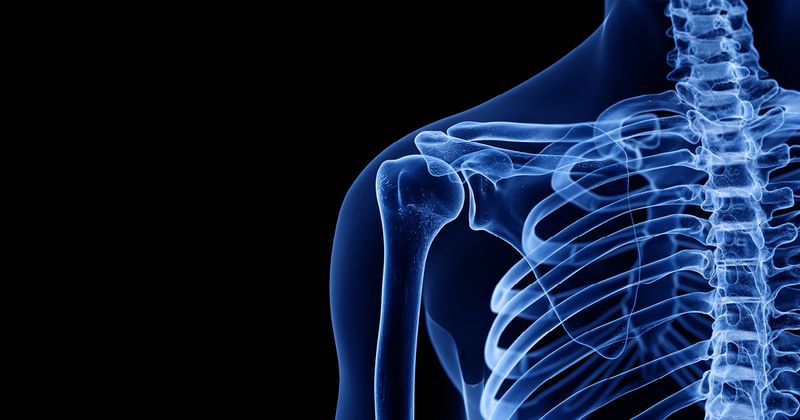Bankart repair with remplissage may benefit patients with recurrent shoulder instability
Key takeaways:
- Patients with a large Hill-Sachs lesion that engages the glenoid and who are off-track and may benefit from remplissage.
- Recently published literature has shown surgeons have had success with remplissage.
WAILEA, Hawaii — Young, active athletes with recurrent shoulder instability and bone loss may benefit from undergoing an arthroscopic Bankart repair with remplissage, according to a presenter here.
When performing an arthroscopic Bankart repair with remplissage, surgeons should effectively prepare the glenoid and labrum, according to Anthony A. Romeo, MD.

“Most of our dislocation individuals who come to us, [their minor lesions] will have healed, but you need to free up that tissue so that it comes not only up to the rim but superiorly to reduce the laxity,” Romeo said in his presentation at Orthopedics Today Hawaii. “You want to prepare that front rim to make sure you are in a good place.”

Romeo said surgeons should perform an anterior-inferior stabilization technique, going lower in the back side of the shoulder and placing anchors all the way around, including in the posterior-inferior corner.
“Putting an anchor on that posterior-inferior glenoid rim is tightening the capsule on the glenoid side,” Romeo said. “If you put the anchors on the humeral side and fill the defect, you tighten the capsule on the humeral side. Maybe there is some biomechanical advantage because you are actually filling the defect, but serendipitously using that posterior-inferior anchor has been helpful for our collision athletes.”
Patients who may benefit from an arthroscopic Bankart repair with remplissage include those with a large Hill-Sachs lesion that engages the glenoid, a reasonable glenoid-sided lesion and who are off-track on preoperative assessment, Romeo said. He added that recently published literature has shown remarkable success with arthroscopic Bankart repair with remplissage in the last few years, particularly for near off-track lesions.
“Here is a nice algorithm you can put in your head: If you have bipolar bone loss and on the glenoid side it is a small amount, it is non-engaging, then you probably do an arthroscopic Bankart procedure. The question is: Do you add remplissage at this time?” Romeo said. “If it is engaging, you would add remplissage for sure. And then if you choose to do the larger glenoid lesion with a Hill-Sachs lesion, then you may consider that.”

